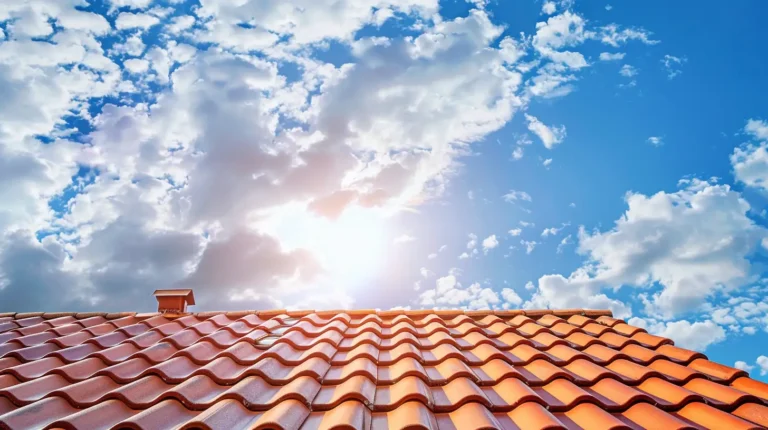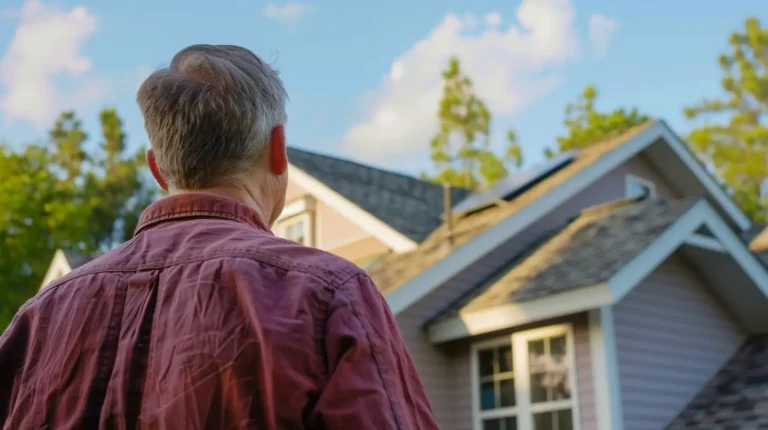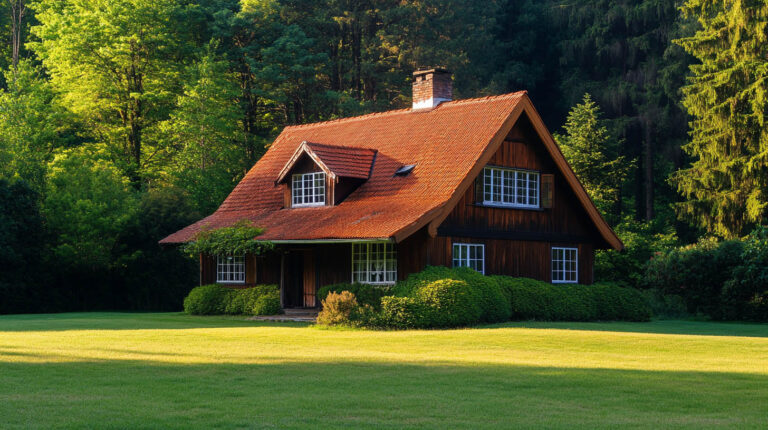
Blog
5 Roofing Problems That a Reliable Installation Can Solve
Ensuring a high-quality roof installation is essential for protecting your home, improving its longevity, and avoiding costly repairs. When expertly done by Avenue Roofing, Jacksonville, FL’s premier roofing company, professional installation provides the necessary strength and durability to stand up to the region’s specific challenges.

1. Poor Installation Techniques Leading to Roof Vulnerabilities
If a roof isn’t installed with precision, it can suffer from weak spots that allow water and debris to penetrate. Poorly placed or loosely fastened shingles can lead to cracked or warped materials, especially if inferior materials are used. Inadequate installation exposes a home to moisture, which can result in mold, wood rot, and interior water damage.
Fact: Around 90% of roofing leaks are due to improper installation or defective materials, according to industry surveys, making quality installation paramount.
Solution
By choosing skilled professionals, such as Avenue Roofing, homeowners can be assured that top-quality materials and detailed installation techniques are used, protecting their home’s structural integrity. Our commitment to excellence means that each installation is performed with attention to detail and backed by reliable warranties.
2. Stacked Shingles Over an Old Roof
Some contractors cut corners by installing new shingles directly over old ones instead of removing the previous layer. This can lead to excessive weight on the roof, cause structural issues, and increase the risk of leaks since the older layer often hides underlying issues.
Solution
Avenue Roofing ensures that old shingles are removed and an inspection is completed before new installation begins. This practice allows for the identification and repair of underlying issues, guaranteeing that each roof is sound from the inside out.
3. Roof Damage from Severe Weather Conditions
From high winds to hail, severe weather impacts a roof’s condition and can create gaps in protection. Common post-storm issues include missing shingles, damaged flashing, and debris impact. If not addressed, water intrusion can lead to significant structural and cosmetic damage.
Solution
For homes located near large trees, it’s wise to keep branches trimmed to reduce the risk of branches falling onto the roof during storms. If you experience heavy storms, prompt inspections by Avenue Roofing will identify any damage early and provide timely repairs, saving on potential future costs.
4. Deteriorated Flashing and Seals
Flashing, a protective barrier at roof intersections, is vital for waterproofing. If it wears out or isn’t installed correctly, it can crack or loosen, exposing the roof to water intrusion. Damaged flashing is one of the top causes of leaks and water damage, particularly around chimneys and vents.
Fact: Flashing problems account for 85% of roof leaks because it’s typically installed where water has the highest potential to infiltrate a roof.
Solution
Avenue Roofing provides a thorough inspection and replacement of all flashing during installation to ensure lasting protection. Routine checks following severe weather can also ensure flashing remains intact and damage-free.
5. Insufficient Ventilation in Attic Spaces
A roof needs proper ventilation to maintain the correct temperature and avoid moisture accumulation. Poor ventilation can lead to excess heat in summer, contributing to shingle deterioration and reducing energy efficiency. In colder months, trapped moisture can encourage mold growth, risking not only roof integrity but also health.
Solution
Proper ventilation setups allow air to flow freely through attic spaces. As part of the installation, Avenue Roofing assesses ventilation requirements to ensure each roof installation includes adequate vents to keep attic temperatures stable, thereby extending the roof’s lifespan.
FAQs
Q1: Is removing old shingles necessary before installing new ones?
A1: Yes, removing old shingles allows for a thorough inspection and reduces excess weight, which can prevent structural issues.
Q2: How often should flashing be inspected?
A2: Flashing should be inspected twice yearly and after any severe storms to ensure it’s still functioning effectively.
Q3: What are the signs of poor ventilation in a roof?
A3: Damp attic insulation, visible mold, or a musty odor can indicate poor ventilation.
Conclusion
A professional roof installation solves a wide range of common roofing issues, ensuring a long-lasting, protective layer over your home. Partnering with Avenue Roofing for reliable installation means peace of mind and a roof that’s prepared to weather any storm, season after season.
To learn more about why asphalt shingles are ideal for your home climate, click here.



